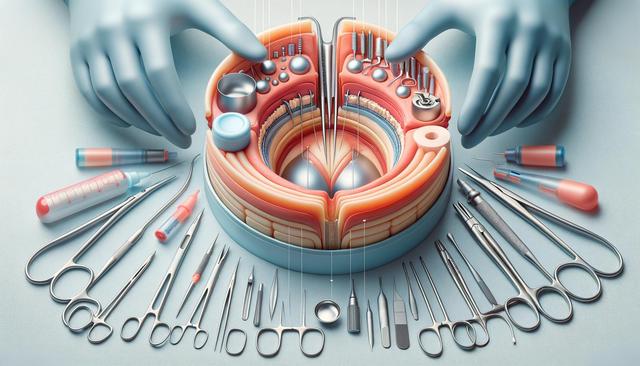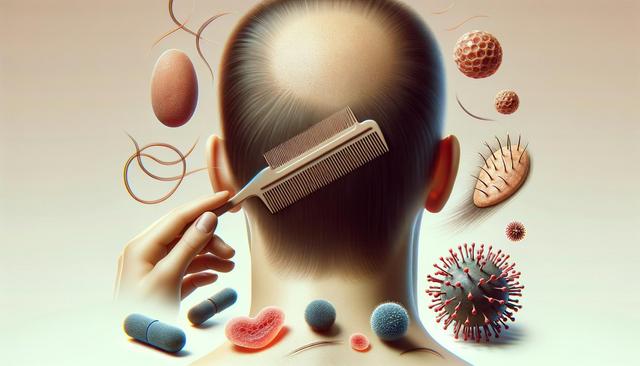What Is Buccal Fat Removal?
Buccal fat removal is a form of facial contouring surgery that targets the buccal fat pads located in the lower part of the cheeks. These fat pads can vary in size from person to person and are often responsible for a round or fuller facial appearance. The procedure involves a small incision inside the mouth, through which a portion of the buccal fat pad is carefully removed. While the goal is to achieve a more sculpted, defined cheekbone area, the amount of fat removed is personalized to maintain balance and natural proportions.
The procedure is commonly performed under local anesthesia and typically takes less than an hour. It is considered minimally invasive, with most individuals returning to routine activities within a few days. However, like any surgical intervention, it carries potential risks and should be discussed thoroughly with a qualified medical professional.
Reasons for Considering Buccal Fat Removal
Individuals choose buccal fat removal for various reasons, often related to aesthetic preferences or facial harmony. Some of the most common motivations include:
- Desire for a slimmer facial profile
- Enhancing cheekbone visibility
- Balancing facial proportions
- Reducing the appearance of “baby face” in adulthood
While the procedure can offer a more angular and contoured appearance, it is not suitable for everyone. Those with naturally slender faces may risk an overly hollowed look if buccal fat is removed. A thorough consultation with a board-certified practitioner can help determine candidacy based on facial structure, age, and long-term aesthetic goals.
The Procedure and Recovery Process
Buccal fat removal is an outpatient procedure performed in a clinical or surgical setting. After administering local anesthesia, the surgeon makes a small incision inside the cheek, near the upper molars. The buccal fat pad is gently exposed and trimmed as needed, then the incision is closed with dissolvable sutures.
Post-operative care is relatively straightforward. Patients are usually advised to:
- Stick to a soft food diet for a few days
- Rinse the mouth with an antiseptic solution to prevent infection
- Limit strenuous physical activity during the initial recovery period
- Use prescribed medications to manage discomfort or swelling
Swelling may persist for several weeks, and the final results become more noticeable as the swelling subsides over time.
Potential Risks and Considerations
As with any surgical procedure, buccal fat removal carries certain risks. While complications are relatively rare, they can include:
- Infection at the incision site
- Prolonged swelling or bruising
- Facial asymmetry
- Nerve damage, though uncommon
Additionally, because the buccal fat pads do not regenerate, the removal is permanent. This can be a concern for individuals as they age and naturally lose facial volume. Surgeons often warn against removing too much fat to avoid an overly gaunt appearance in the future. A conservative approach is usually recommended to preserve a natural look while still achieving the desired contour.
Who Is a Suitable Candidate?
Not everyone is an ideal candidate for buccal fat removal. The procedure is most appropriate for individuals who:
- Are in good overall health
- Have fuller cheeks due to buccal fat, not other causes
- Hold realistic expectations about the outcome
- Are non-smokers or willing to stop smoking before and after surgery
Age is another important factor. Younger individuals with naturally fuller cheeks may benefit more from this procedure than older adults who might already be experiencing volume loss. A full assessment of facial anatomy and skin quality helps determine the most effective treatment plan and whether buccal fat removal is the right choice.
Conclusion: Is Buccal Fat Removal Right for You?
Buccal fat removal can offer a refined and more contoured facial appearance for the right candidates. It is important to approach the decision with a clear understanding of the procedure, potential outcomes, and long-term implications. Consulting with a qualified specialist and setting realistic expectations are key steps in achieving satisfying results. Whether motivated by personal aesthetic goals or facial balance, this procedure may provide a subtle yet impactful enhancement to one’s overall appearance.


